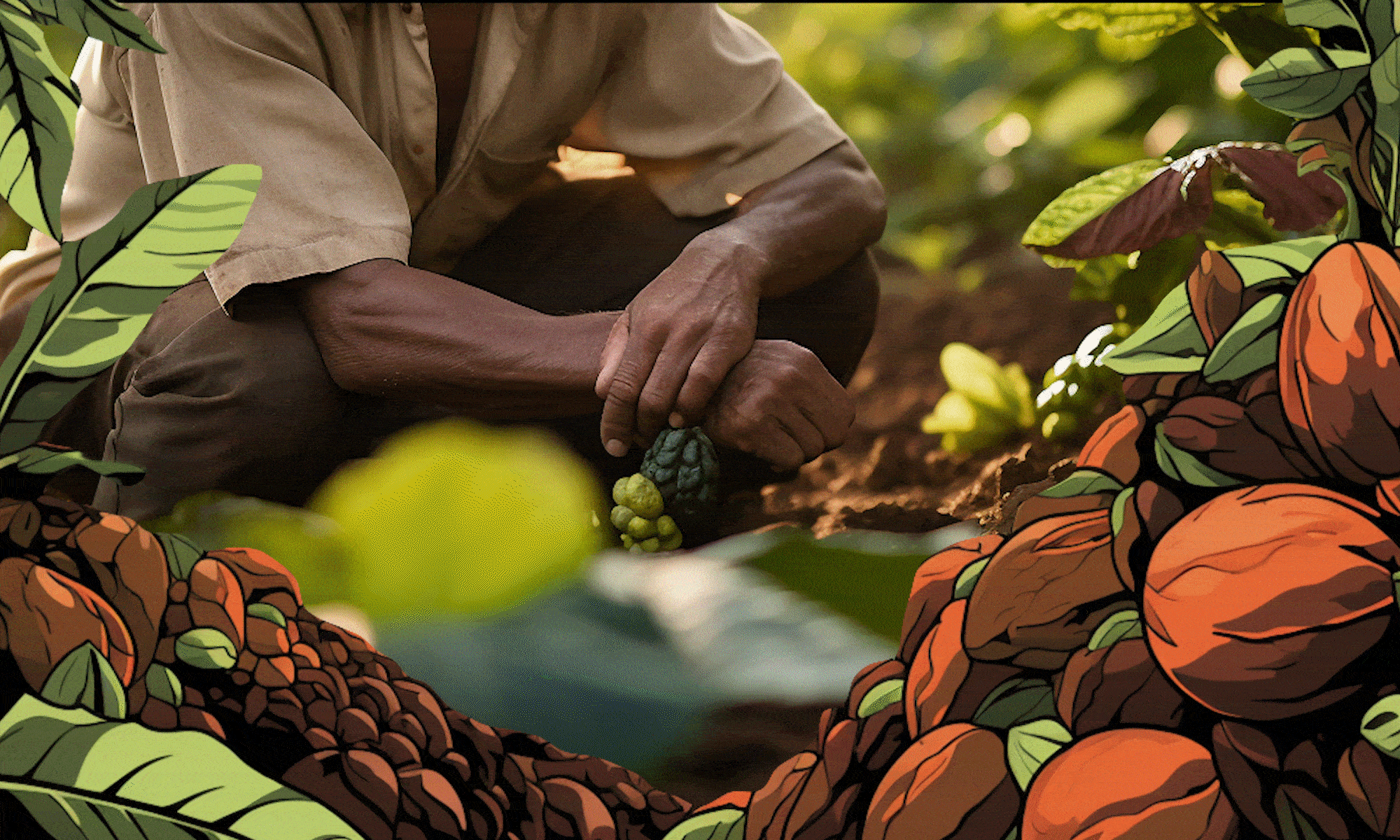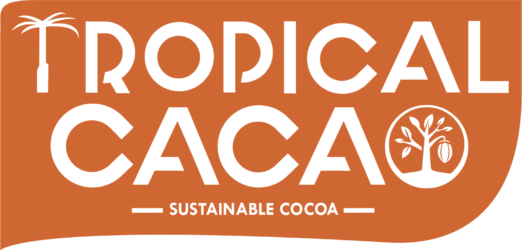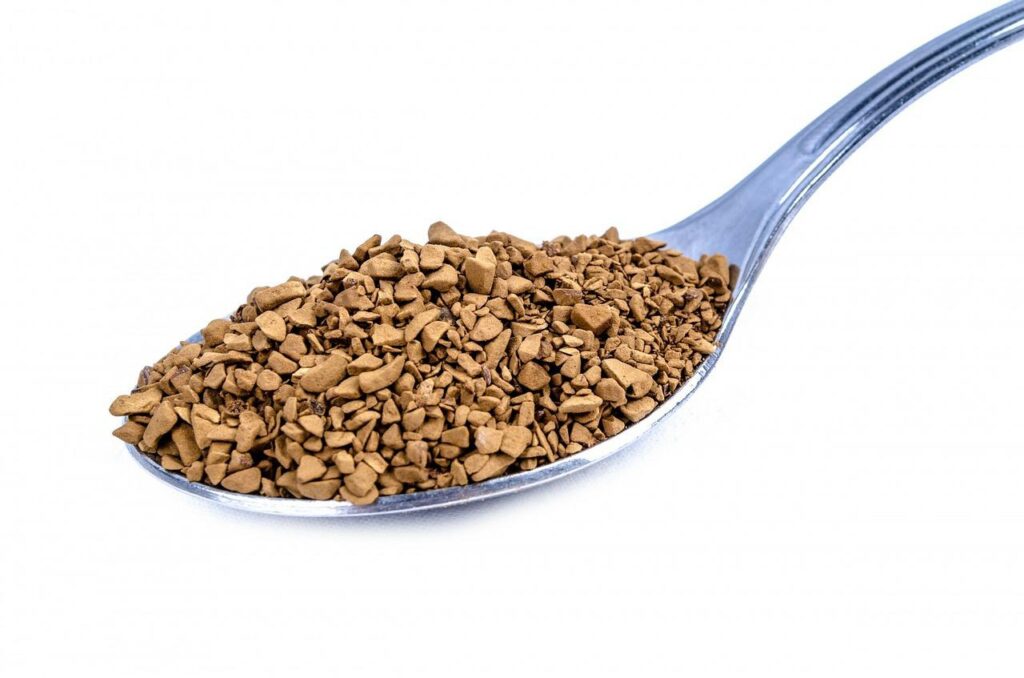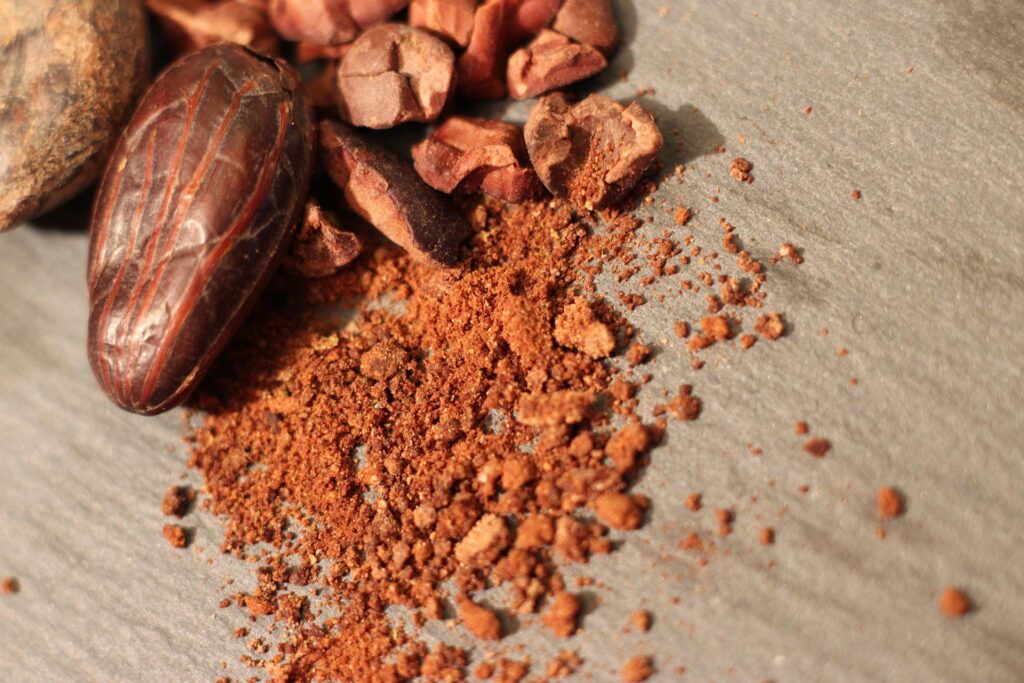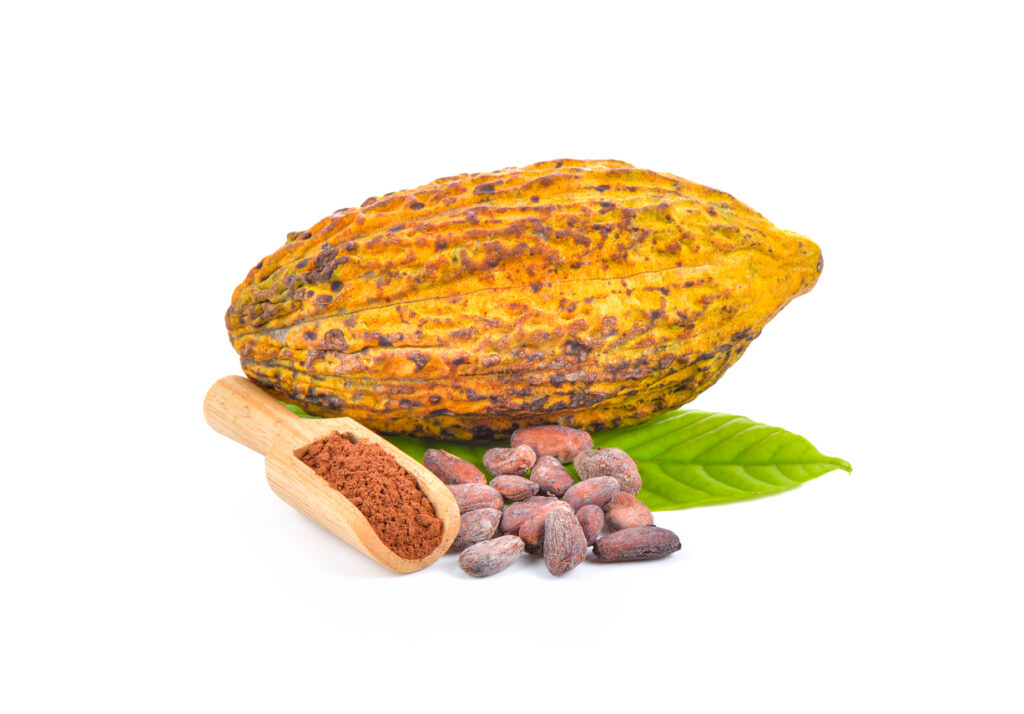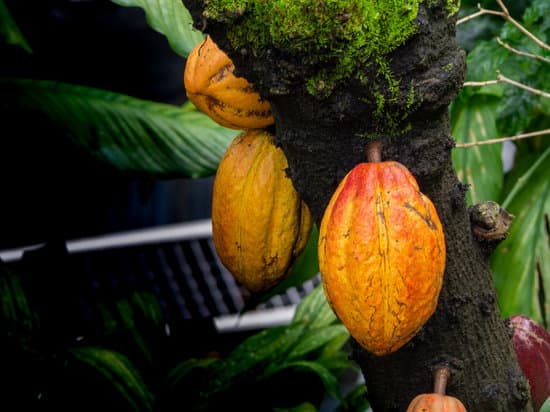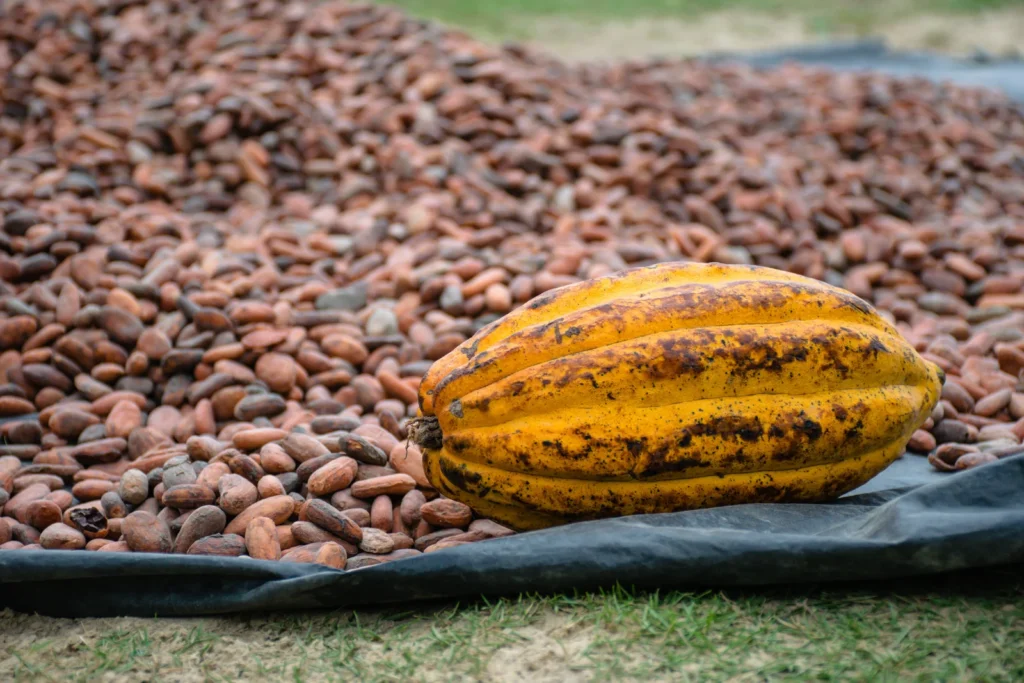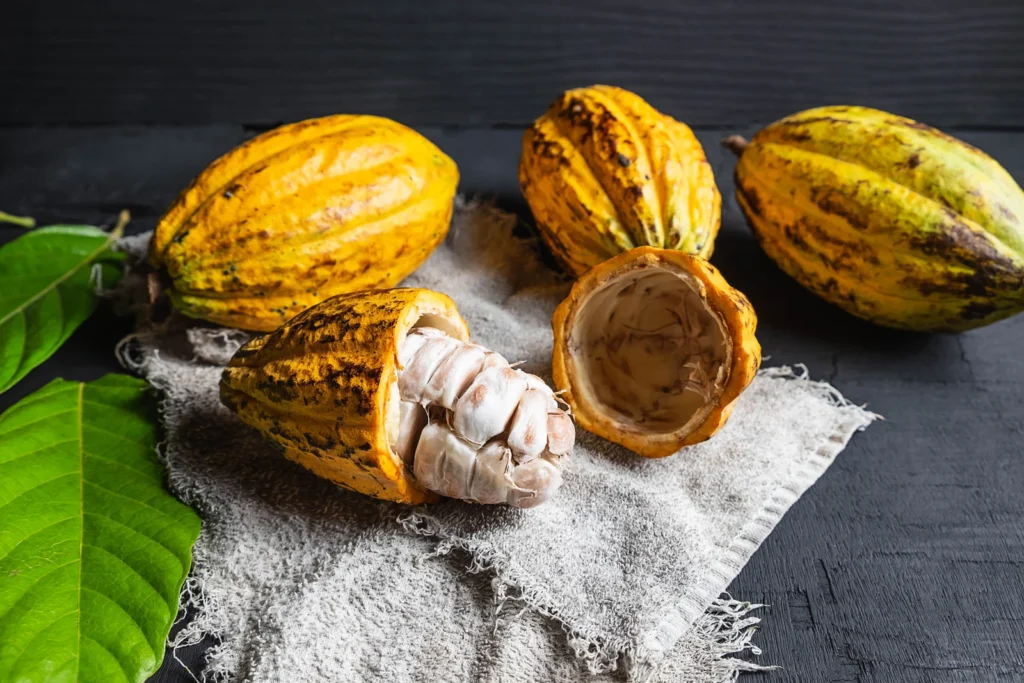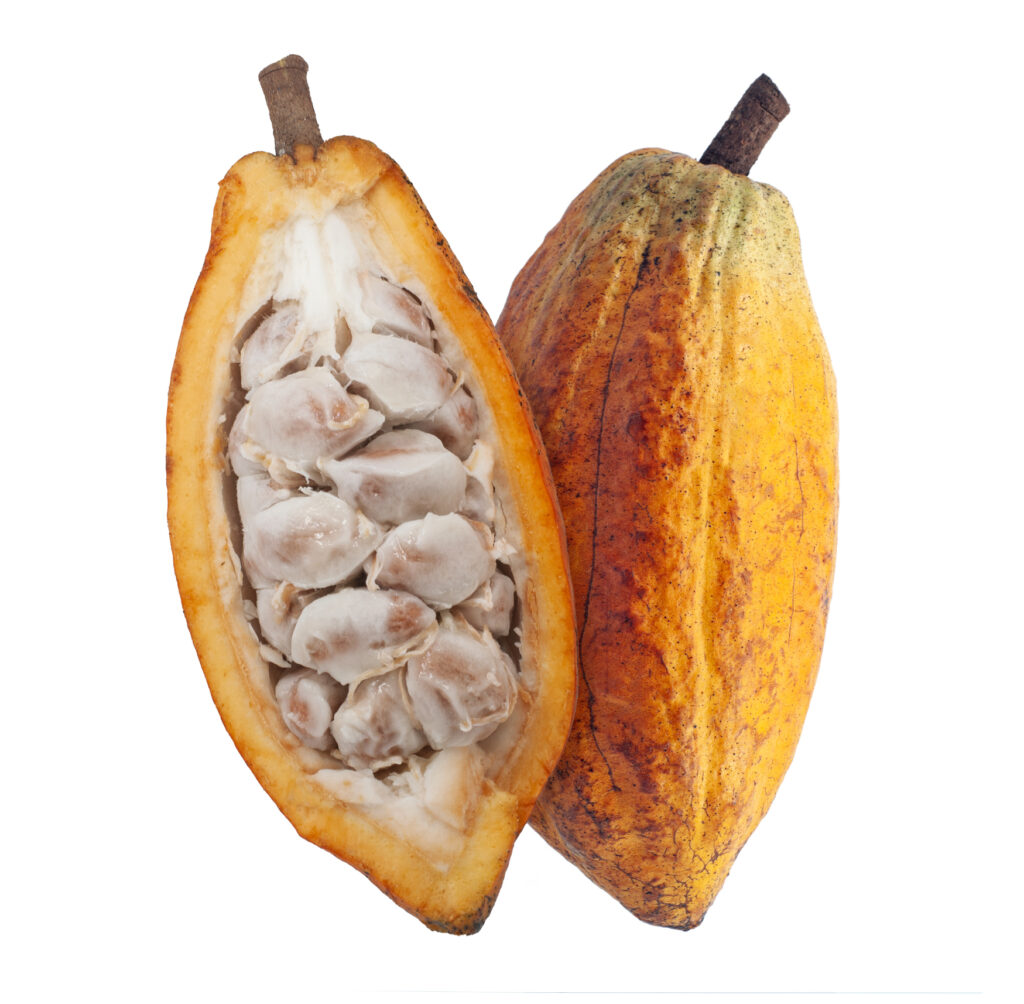Let’s talk about the ceremonial grade cacao. This is the organic cacao we grow at Tropical Cacao and not the generic cacao powder you get from the grocery store. Ceremonial-grade cacao is 100% pure and rich in nutrients. So, how do you use cacao at home? There are so many ways in which you can use cacao but in this recipe, I will focus on 5 of my favorites. Read on!
BODY AND FACE ANTI-AGING SCRUB
If you are struggling with dead skin you will thank me after this. Cacao is packaged with anti-aging benefits. Using this simple cacao body scrub recipe will leave your skin nourished and feeling young.
- Mix 1 tablespoon of cacao powder
- 1 tablespoon of brown sugar
- 2 tablespoons of honey.
- Smear the mixture on your face and body and let it sit for 5 minutes.
- Rub your skin gently for 5 more minutes.
- Wash off with warm water and a clean washcloth.
- Follow that with your favorite moisturizer. Enjoy the feeling!
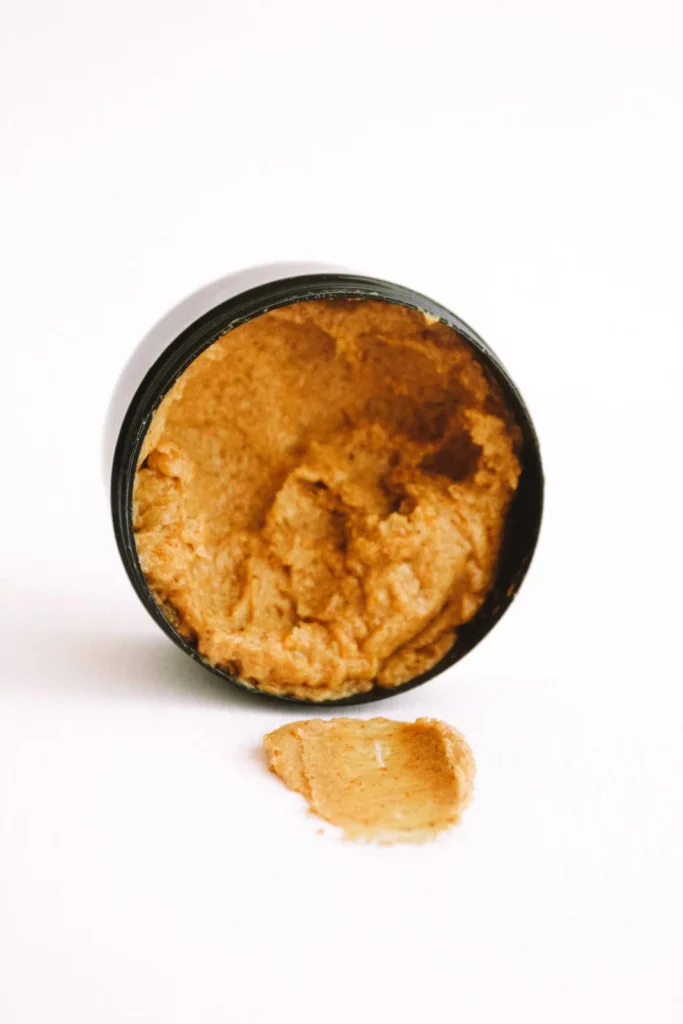
SAVORY SEASONING FOR MEAT
I don’t understand why your steak and roasts are so “plain” and you are doing nothing about it! Let me help you anyway.
- Add 2 tablespoons of instant finely ground coffee
- 1 tablespoon of cacao powder.
- ½ tablespoon of cinnamon.
- 1 tablespoon of salt
- 2 tablespoons of olive oil.
- Mix well
- Rub it on your meat
- Grill or cook as desired
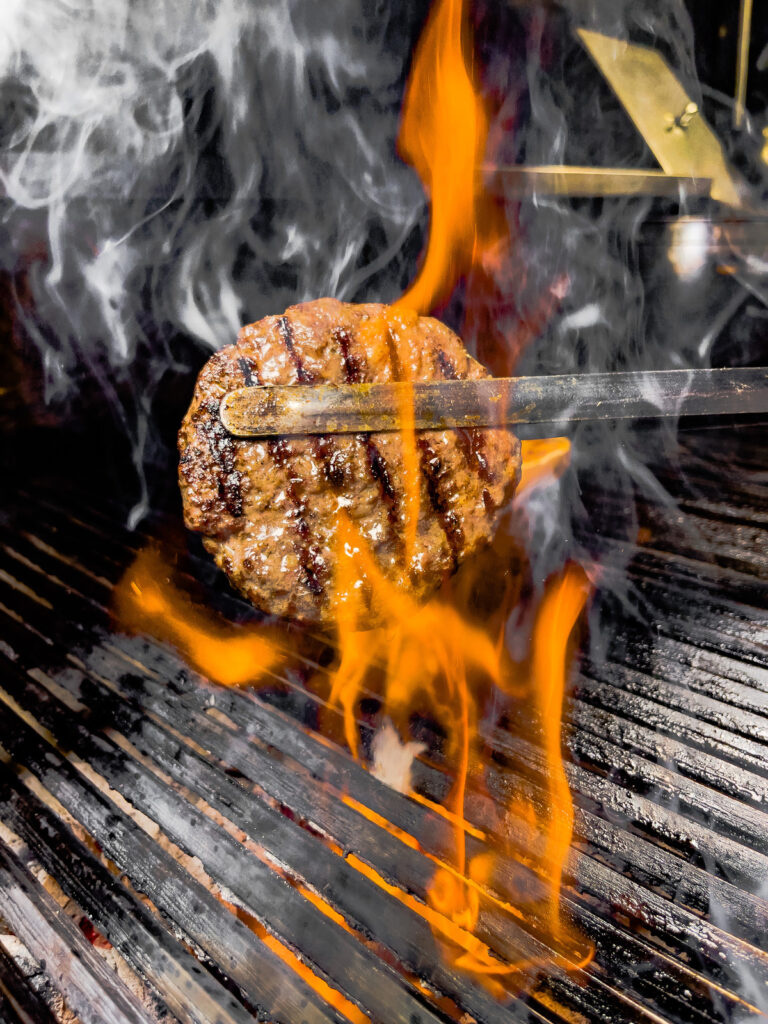
HOT CACAO DRINK
Cacao gives that “feel good” vibe, remember? Now imagine taking it every morning! Premium happiness throughout the day! There is a Swahili proverb that says, “Siku njema huonekana asubuhi” it simply means, a good day is seen/appears in the morning. I cannot think of a better way to start your day other than with a frothy cacao drink. Here is my recipe for a good day:
- Add a cup of milk (use any type of milk) Almond milk gives the best results though.
- ½ cup of water
- 3 tablespoons of cacao
- 2 tablespoons of honey
- Mix
Enjoy your creamy grade drink with your favorite accompaniments.
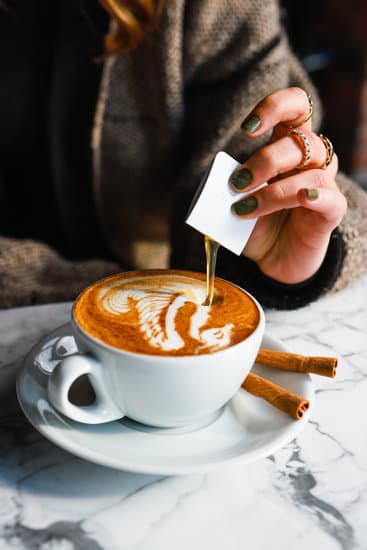
BAKING
If you like cakes, muffins, and brownies then you need good cacao in your pantry. That rich chocolate flavor takes your pastries from 1 to 10 really quick! There are versatile ways to make chocolate pastries and I will give you the assignment to find out about them.
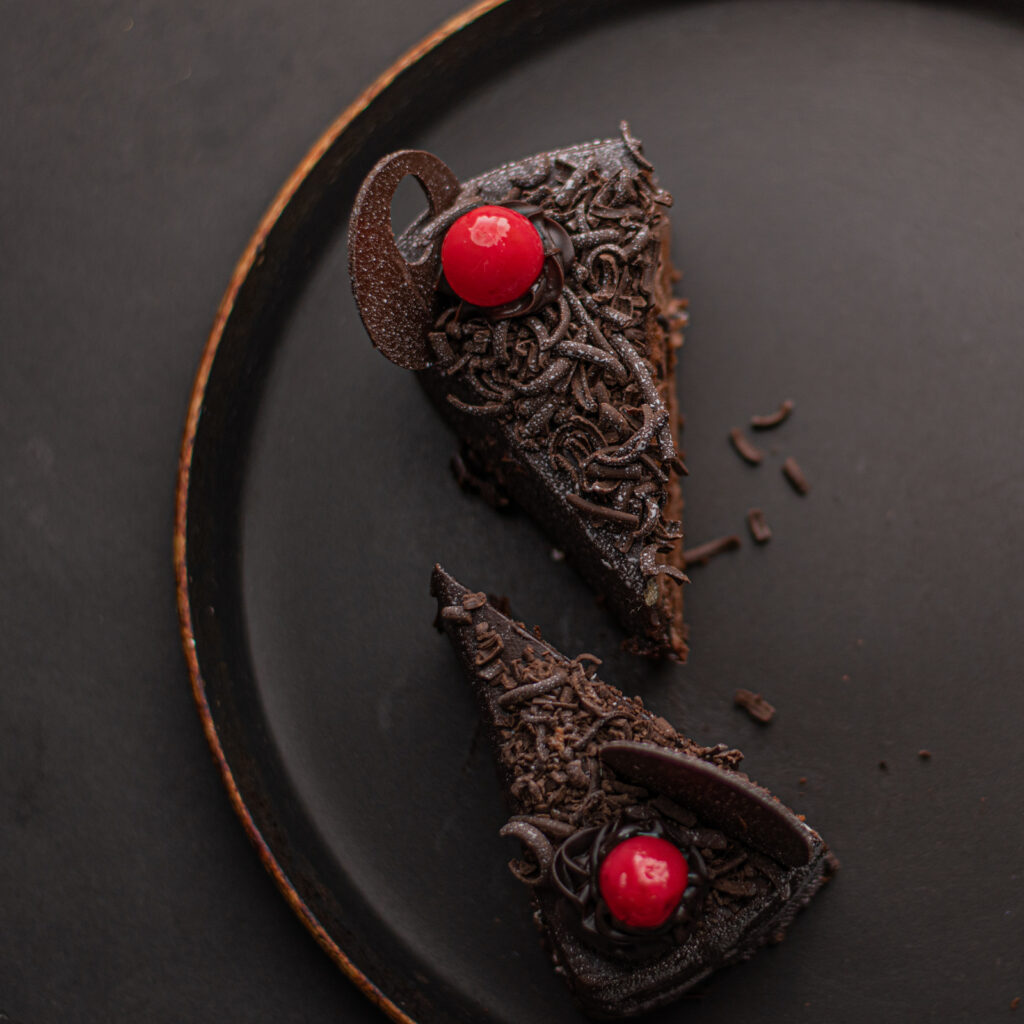
HOT CHOCOLATE SYRUP
I don’t know if you have been to an ice cream shop and you can’t help but stare at the mouth-watering delicacies! Especially those with chocolate toppings. Well, I was there too until I learned how to make the chocolate syrup I’m about to teach you. It’s easy to make and can be used as a topping for all your desserts.
- 2 tablespoons brown sugar
- 1 tablespoon white sugar (optional)
- 1 tablespoon ground cacao powder
- ½ tablespoon salt
- Mix
- ½ cup cold water
- Whisk until smooth
- Heat the chocolate mixture until it boils
- Stir occasionally while allowing it to simmer for at least 3 minutes
- Remove from heat
- Add vanilla and stir
- Serve warm and allow it to cool
- You can also save some in the fridge for later use!
- The thicker you want your chocolate syrup, the longer you will let it boil.
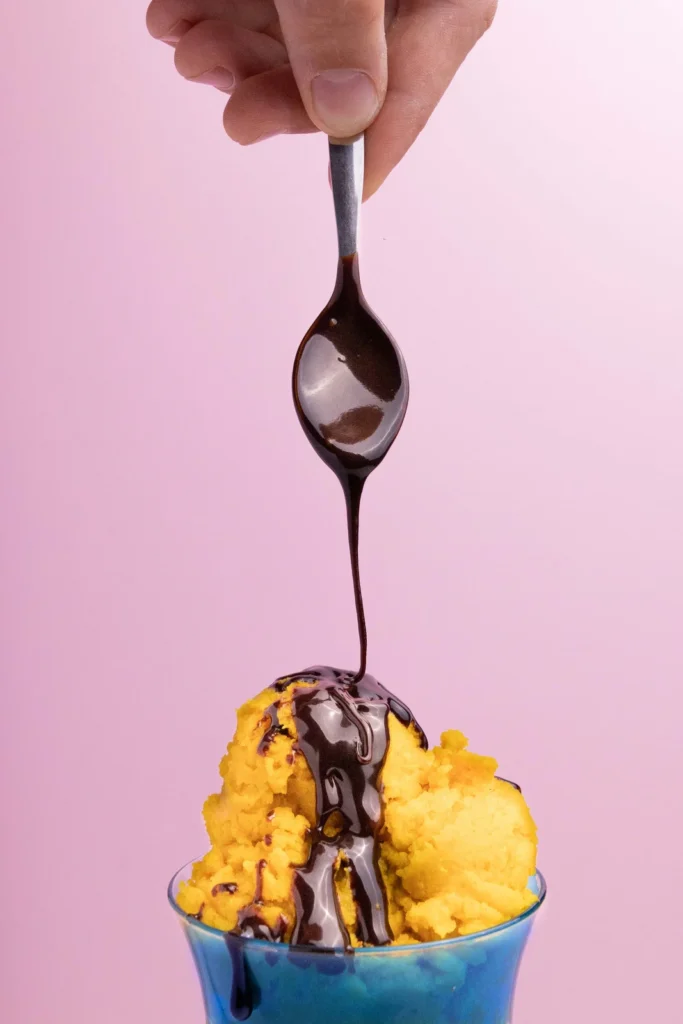
After that entire discovery, thanks to me and my research, you are now probably thinking of buying some cocoa to keep in your pantry and use. WE GOT YOU! What other place is better to buy organic cacao, cultivated using the best environmentally friendly methods other than at www.tropicalcacao.com?
